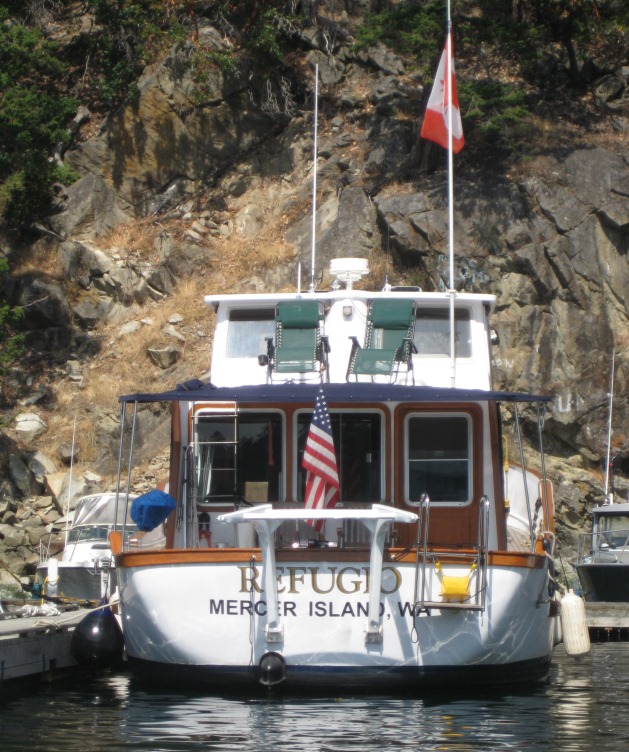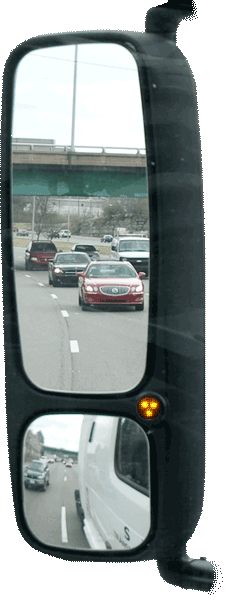KCaldwell
Member
As some of you know I am new here and I have an express cruiser currently, but we are looking to upgrade to a trawler in the future. Out of all the trawlers we have been on at boat shows and meeting people at marinas, we love the Defever Raised Pilothouse models. A used 49' seems perfect for us, however, since we have a few years to learn and decide I was wondering if you would be able to give us ideas of other manufacturers that have raised pilothouse layouts in the 40'-50' range similar to those Defevers. And if you know of any, what are the advantages or disadvantages of them versus the Defevers.
One thing about going to boat shows is that we are seeing the new models and we won't be in the market for a new boat, nor will we be looking at a 2012 model in 3-5 years. So we are probably looking for boats made in the 1980's and 1990's that will end up being in the $200k-$250k range. I am going to buy a copy of the Powerboat Guide which should help us with ideas as well, but I figured I would pick your brains too. Thanks for any ideas you have.
One thing about going to boat shows is that we are seeing the new models and we won't be in the market for a new boat, nor will we be looking at a 2012 model in 3-5 years. So we are probably looking for boats made in the 1980's and 1990's that will end up being in the $200k-$250k range. I am going to buy a copy of the Powerboat Guide which should help us with ideas as well, but I figured I would pick your brains too. Thanks for any ideas you have.





